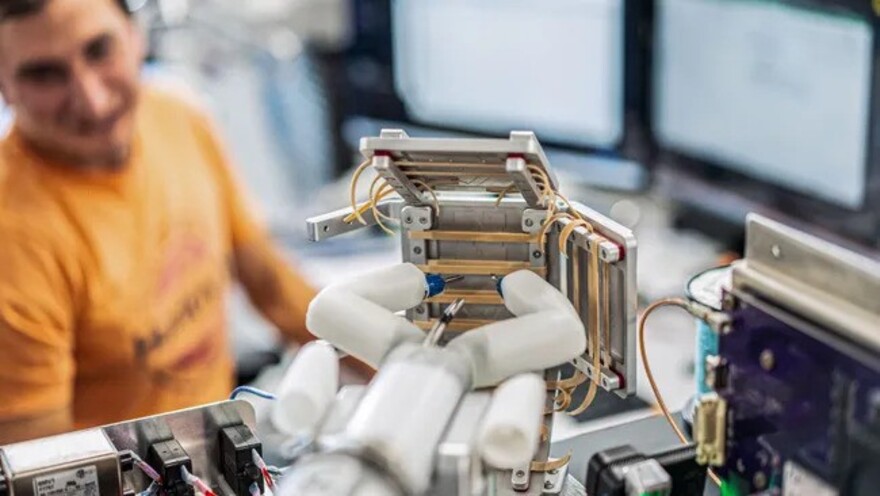Scientists plan to send a new robot surgeon to the ISS. Its successful test will pave the way for the use of similar objects on Earth. A robotic arm will also be sent into space to move various loads in zero gravity.

New robot surgeon on the ISS
Very soon, a robot surgeon may enter the orbit of our planet. And although it will not be exactly a metal humanoid machine in a white coat and with a scalpel in its hands, its mission is nevertheless exciting.
On Tuesday, January 30, scientists will send a number of innovative experiments to the International Space Station using Northrop Grumman’s Cygnus spacecraft. The launch is scheduled no earlier than 12:07 p.m. ET (1707 GMT) and, if everything goes according to plan, the spacecraft will arrive at the ISS in a few days, on February 1.
One of the experiments on board is a robotic device weighing 0.9 kilograms, about the length of a forearm, with two controlled arms that respectively hold a grasper and scissors. Developed by Virtual Incision, this kind of robot surgeon will one day be able to communicate with human doctors on Earth, operating on an astronaut patient and performing medical procedures with high precision.
“The more advanced part of our experiment will control the device from here in Lincoln, Nebraska, and dissect simulated surgical tissue on orbit,” said Shane Farritor, co-founder of Virtual Incision, during a Cygnus presentation on Friday. “For now, as it’s in preliminary stages, it’s going to be tested on rubber bands.”
Other robots on board
The little robot surgeon will not be alone on the Cygnus spacecraft, which is heading to the ISS. In particular, a friend, a robotic arm, will join it in the orbital laboratory. This arm has already been tested in station conditions before, but during this new mission, the team hopes to test it in fully unpressurized conditions.
“Unplugging, replugging, moving objects, that’s the kind of stuff that we did with the first investigation,” says May Murphy, a director of programs at NanoRacks. “We’re kind of stepping up the complexity … we’re going to switch off which tools we’re using, we’ll be able to use screwdriver analogs and things like that; that will enable us to do even more work.”
“We can look at even beyond just taking away something that the crew would have to spend time working on,” she continued. “Now, we also have the capacity to do additional work in harsher environments we don’t necessarily want to expose the crew to.”
In addition, the European Space Agency will send a 3D printer on the same flight, which can create small metal parts. The goal is to see how the structure of the parts printed on it behaves in space compared to those printed on Earth.
According to www.space.com
Follow us on Twitter to get the most interesting space news in time
https://twitter.com/ust_magazin


